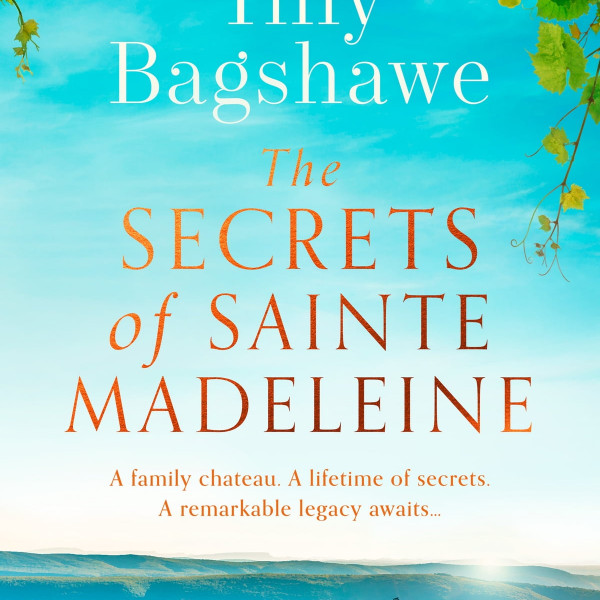
This collection (if you’ll excuse the pun) relates to author Frances Samuel’s experience as a writer of texts for museum pieces. Perhaps it’s not surprising that an unusual occupation like that should give rise to such smart, witty, nuanced poems.
I smiled with delight at her signature Exhibition, which describes museum objects as “those red herrings of history” and refers to “my employee’s tag a cheap necklace with an outdated cameo”. It took me more than one reading to discover the poem’s meaning – artfully obscured behind a heap of such images – but I’m glad I persevered.
Climate Change posits an unlikely and novel pairing of the ornithological and the mammalian. “You be a bird and I’ll be a buffalo” is the premise, and the poet goes on to suggest why the combination of six legs and four eyes is a useful and workable one. Behind the words sits the concept of cooperation, surely so indispensable for combatting climate change, captured movingly in the last three lines: “Over and again, agreement can only come when the bird in me bleats to the buffalo in you.”
Samuel goes on to capture the world of the supernatural, most effectively with her narrative-style How to Catch and Manufacture Ghosts. The writer is good at this job: “Bed sheets with elasticated corners are the best tools for the job”, she advises, and “most ghosts don’t struggle. I think they’re happy to be caught” turns out to be an ironic comment on the nature of marriage.
My favourite poem would have to be Pottery – yes, you read that right – and our writer here uses the likeness of pottery to poetry to comment on the nature of the latter. “Pots are approachable, democratic, familiar to everyone. They don’t require special knowledge to interpret and neither do poems”.
And surely that’s true, or should be, of poetry. Although Samuel’s work is erudite and clever, it isn’t self-indulgently so. She’s down to earth enough to include motherhood and exercise amongst her poetic targets. And, of course, museums.






















